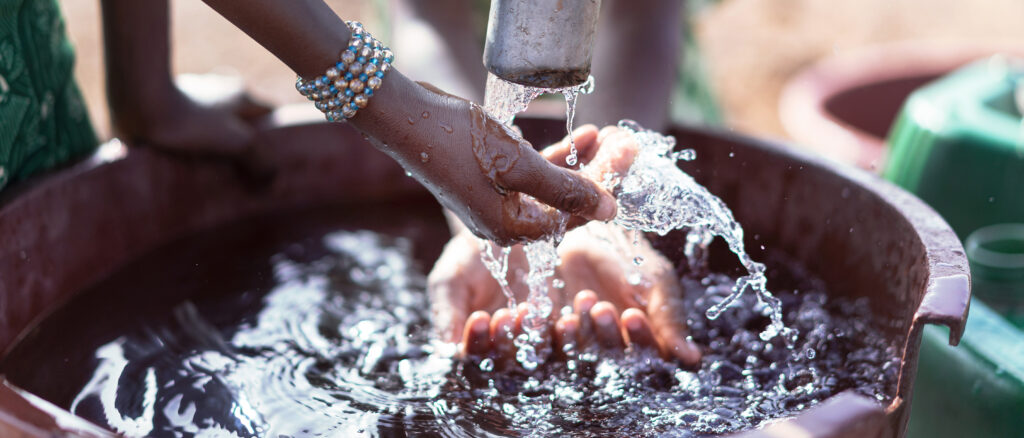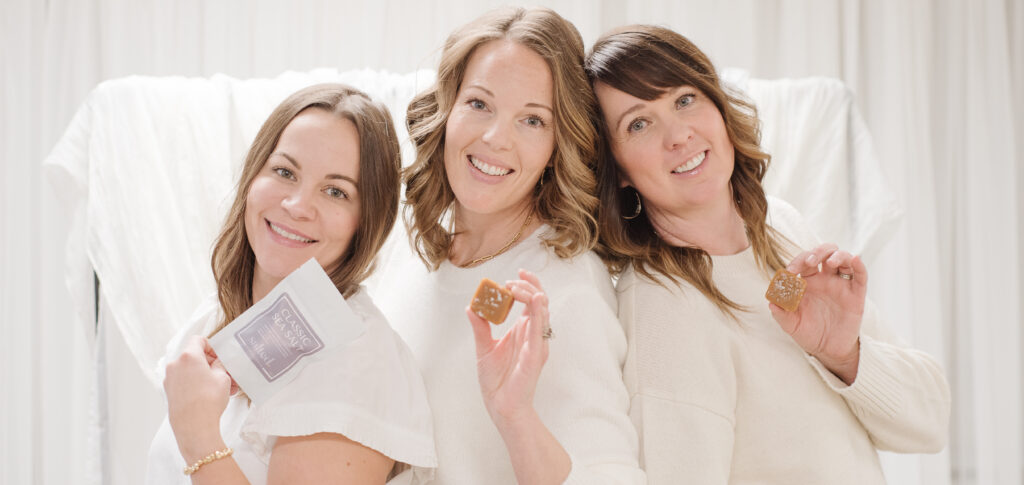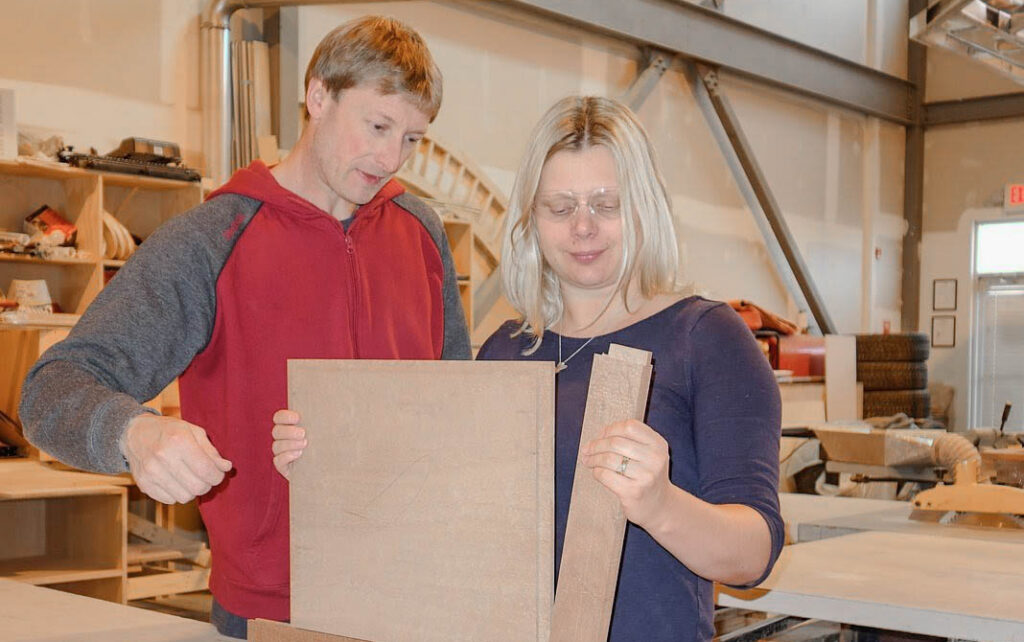How Your Small Businesses Can Give Back to Your Community and Make an Impact
by Kate McKenzie
Congratulations, you’ve reached the stage of your business where you are ready to give back to your community. For many business owners, the support of our communities is essential in allowing us to grow and thrive so the chance to make a difference by giving back feels great. But how do you get started? What’s the best way to make the time and money you invest create a true impact?
What to Avoid
Many businesses fall into the trap of wanting to be nice and agreeing to contribute to causes because a friend or family member asks them. For others, an idea is presented and they go with it not really sure how it relates to their business but thinking that they will sort that out later since it’s a “good cause.” The challenge is that one off contributions and “good causes” that don’t align with your business goals and values won’t allow you to make the impact you want. Instead consider one of the options below to help you choose a way to give back that is sustainable over the long term.
Align with Your Audience & Company Values
In 2016 my media production company, Worldviews Productions had the opportunity to film a documentary about the first women to run a marathon in Afghanistan, called The Secret Marathon. We learned that our main audience for this film were women in Canada, usually between 30-50 with children who enjoyed running and wanted to be informed about global issues. One of our key values of the film was gender equity so it made sense when we were looking for a charity partner to find ones that would align with a gender equity focus. Ultimately we ended up founding the Secret 3K, an annual run/walk held every year during International Women’s Day week to help raise awareness about the fact that many women in the world are not yet safe to go for a run or walk in their communities. To help us reach our purpose of creating safe and inclusive spaces where all people can run/walk in their communities we partnered with 261 Fearless, a charity that empowers women to become running coaches and facilitate running clubs all over the world. We also wanted to give back to the community in Afghanistan who originally inspired us so we partnered with Canadian Women for Women in Afghanistan a charity focused on education opportunities for women and girls in Afghanistan because we knew that access to education is the first step in moving forward towards equity. Because we chose to align our charitable contributions to our values and to ones that our audience cared about we’ve been able to raise over $100,000 over the last five years making a significant impact in the lives of many women and girls.
Match Your Skills to a Cause
Another way to consider how you might make an impact is using what you and your company are great at to help a cause. One of my favourite examples of this is Toyota Canada and their impact with Héma-Québec. Toyota is known around the world for their skills in developing systems and processes to efficiently produce products. On the other hand, the Quebec based Milk Bank was struggling. “Héma-Québec’s Public Mother’s Milk Bank provides breast milk donated by new mothers, to Québec hospitals caring for premature babies born at 32 weeks or earlier, whose mothers are unable to breastfeed. Donated milk helps reduce the risk of necrotizing enterocolitis, a serious neonatal disease that can attack the digestive system of babies. Every year, many premature infants contract this serious intestinal disease, and far too often, the results are fatal.” (Toyota Canada) in 2017, Toyota stepped in to help increase the output of milk being delivered to partner hospitals by sharing their Toyaota Production system with Héma-Québec to help them become more productive, maximize resources and improve quality and saftey. The results of this unlikely partnership were incredible, a 20% increase in the distribution of donated milk an almost 500% increase in capacity of production output and double the daily production capacity. Ask yourself, how could your business take your skills or processes, the things you do best and apply them to a worthwhile cause?
Revenue Allocations
Another way to make a difference is to allocate a portion of your revenue each year to a cause connected to your company. Ask yourself, what are some of the key pieces your company relies on to do your work? For example, my partner’s former company, H2O Water Buggy, provided drinking water to large outdoor special events. Since they made their money on providing water it seemed only appropriate to find ways to help ensure clean drinking water for all. They chose to participate in the 1% For the Planet initiative donating 1% of yearly revenue to support the world’s most pressing environmental challenges while also donating to CAWST a charity that teaches people how to get safe drinking water, sanitation and hygiene in their own homes regardless of where they live in the world. By setting a clear yearly allocation (eg. 1% of revenue) you can ensure that your contributions will continue to increase as your business continues to grow.
Integrate Your Charity Partners
When I first met Milk Jar Candle Co founder Holly Singer it was obvious from our first conversation that she was passionate about helping those with disabilities. I noticed on her website that there was a line at the bottom that indicated that a portion of their proceeds went to supporting charities that worked with people with disabilities. I was confused though, how did this relate to candles? What was the connection? I challenged Holly in our coaching sessions asking her how this could be better integrated into all aspects of their business if it was something she truly cared about. She shared with me that for her, lighting a candle was about
creating a warm and inviting space and that often those with disabilities don’t always feel welcome or invited and she wanted to change that. I loved her answer. She’s since worked to further integrate this vision into all aspects of her company. Milk Jar now not only donates a portion of their revenue from their candles to charity, but also provides meaningful work opportunities for those with disability with a current production team that is composed of almost 50% of people who identify as having a disability. They are meeting their goal of “change outdated hiring practices in business, remove false stereotypes of disabled workers, and
creating more meaningful and purposeful companies.” (Learn more at https://www.milkjar.ca/community) By collaborating with the charities they support to provide work placements their impact and the ripple they have throughout the community has taken on a whole new scale!
Take it to the Next Level
If you’re already working with a charity partner you can take it to the next level by becoming more informed about the issues. Take time to sit down with your charity partner and learn what type of help they most need and where their current road blocks are at. It’s also key to track and measure your impact, what’s measured matters, so start including your charitable contributions and impact as part of your annual financial report and celebrate how you’ve made a difference. One company doing just that is Local Laundry. To celebrate their first 100 shirts sold, they made a gift of $100 to their local drop in center. This gift sparked a desire for them as a socially conscious brand to continue making giving a key part of their business so they set the aggressive target of raising $1M for various charities by 2030. Each year they report on the progress they are making towards that goal and share it publicly on their website and through social media channels (Learn more https://locallaundry.ca/pages/charitable-giving).
How to Contribute Other Than Donations
For some companies especially those with narrow margins or more challenging cash flow you may
want to consider ways to give back that don’t involve cold hard cash. You may wish to consider one
of the following:
- Volunteering time as a whole team to help an organization (eg. food banks if you’re in the food industry).
- Providing pro-bono advising to a charity that could benefit from your expertise (Eg. web design company offering advising on animal shelter’s new website).
- Offering work placements or for youth in your community through high school co-op programs to help students gain valuable experience.
- Provide product to local events.
- Offer a discounted rate or work at cost for causes that matter to you.
- As you move forward with your company, know that by setting a strategy for charitable giving that is sustainable you will not only increase your impact but you will be helping to build a stronger community. In the words of Margaret Mead, “Never doubt that a small group of thoughtful, committed, citizens can change the world. Indeed, it is the only thing that ever has.”


